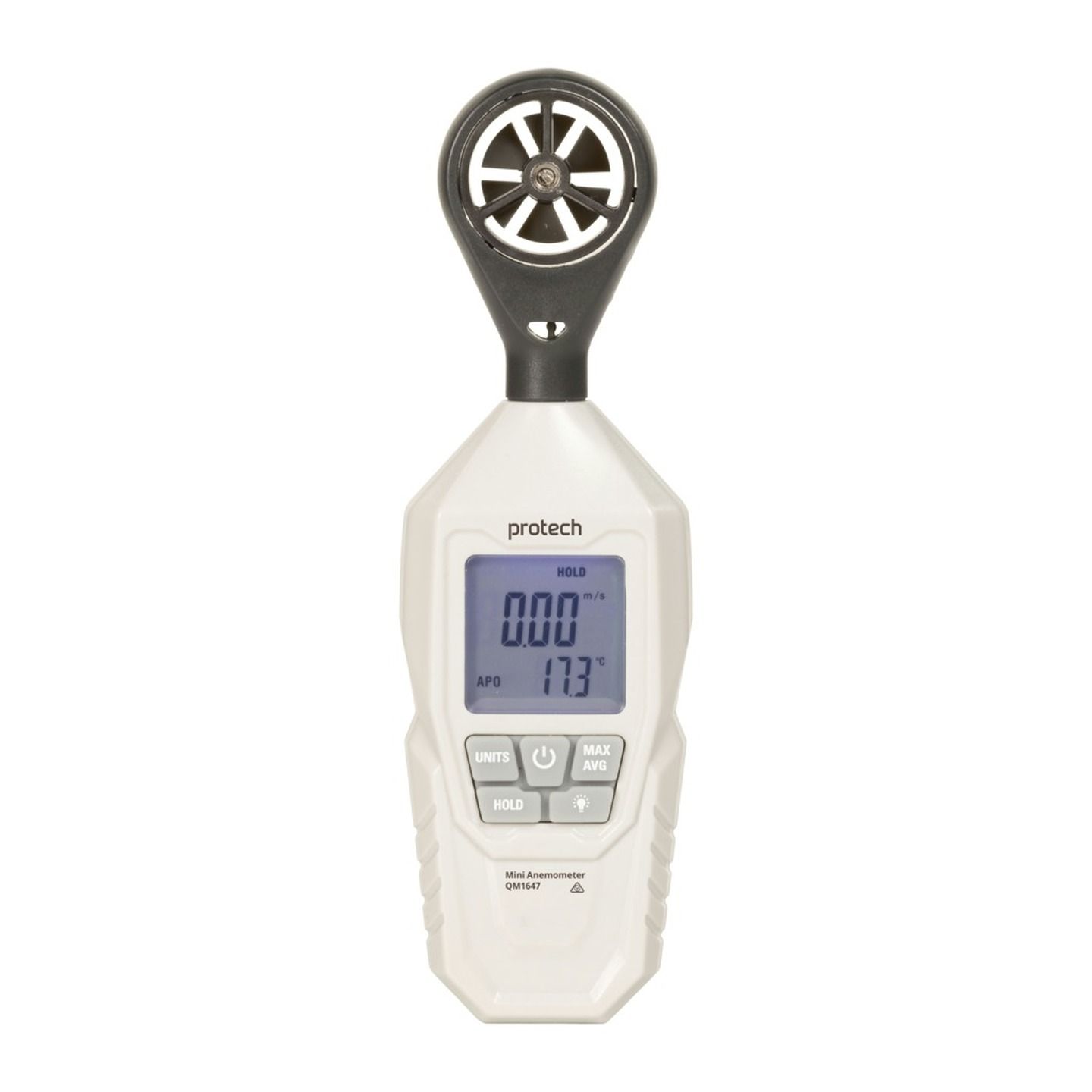Exploring the Functions and Advantages of Anemometers for Weather Condition Enthusiasts and Experts
From mug anemometers to sonic anemometers, each kind brings its distinct collection of benefits and applications, losing light on different aspects of atmospheric conditions. As we delve into the functions and benefits of anemometers, a deeper understanding arises not only of prevailing weather condition phenomena however also of the wider effects for fields like wind power manufacturing and environmental research study.
Relevance of Anemometers in Climate Monitoring
Anemometers play a crucial role in weather condition surveillance by offering exact dimensions of wind rate, aiding in forecasting and understanding weather condition patterns. These tools, ranging from traditional cup anemometers to contemporary ultrasonic anemometers, are necessary for meteorologists, scientists, and weather fanatics alike.

Kinds of Anemometers and Their Applications
The most typical kinds of anemometers include mug anemometers, vane anemometers, hot-wire anemometers, and ultrasonic anemometers. Cup anemometers are composed of three or 4 cups placed on horizontal arms that revolve with the wind, determining its rate. Vane anemometers, on the other hand, make use of a freely revolving vane to line up with the wind instructions, offering both wind rate and direction dimensions.
Each type of anemometer has its special advantages and applications. Cup anemometers are appropriate and durable for basic weather monitoring, while vane anemometers are preferred for directional measurements. Hot-wire anemometers are delicate to reduced air velocities, making them excellent for indoor atmospheres. Ultrasonic anemometers are non-intrusive and use high precision, commonly used in research study and specialized climate monitoring applications. Comprehending the characteristics and applications of each kind of anemometer is crucial for selecting one of the most ideal instrument for particular weather condition monitoring requirements.
Benefits of Utilizing Anemometers in Forecasting
In meteorology, the application of anemometers provides vital benefits for enhancing the accuracy of weather projecting. Anemometers gauge wind rate and direction, offering important information for forecasting climate patterns. By integrating wind data into projecting versions, meteorologists can better understand the motion of weather condition systems, expect changes in weather, and problem more specific projections.
Additionally, anemometers play a crucial role in assessing possible weather condition hazards. Monitoring wind rates assists forecasters predict extreme weather condition events such as cyclones, twisters, and winter tornados with greater precision. This early caution system allows authorities to issue prompt alerts and carry out required safety procedures, decreasing the threats to life and residential property.
Furthermore, anemometers aid in enhancing renewable resource manufacturing. By analyzing wind patterns, meteorologists can determine ideal places for wind ranches and predict energy result, contributing to the reliable generation of wind power.

Anemometers in Wind Energy Production
Provided the essential role anemometers play in supplying exact wind information for weather projecting and risk evaluation, their value includes the world of wind energy production. Anemometers are vital tools in the area of wind power, where the dimension of wind rate and direction is important for establishing the feasibility and efficiency of wind turbine installations. By accurately measuring wind speeds at varying heights, anemometers assist enhance the placement and style of wind turbines to make best use of energy outcome.
In wind farms, anemometers are tactically placed to collect real-time wind data that is used to assess the potential energy production of a website. This information is crucial in establishing the financial feasibility of wind energy projects and in projecting energy generation to make sure grid stability. Furthermore, anemometers help in monitoring wind problems to maximize wind turbine performance, prevent damages from high winds, and make sure the security of personnel operating in the location of wind turbines.
Enhancing Weather Understanding With Anemometers

Anemometers play an essential function in enhancing our understanding of microclimates. These localized weather can differ dramatically from more comprehensive local forecasts, making it vital to have precise data for particular areas. anemometer. By purposefully positioning click here to find out more anemometers in different places, researchers can collect in-depth info on how wind behaves in various surfaces, urban environments, or bodies of water
In addition, anemometers add to enhancing weather projecting designs by offering real-time information on wind actions. This info is particularly you can try here beneficial for anticipating severe climate events, optimizing farming practices, and sustaining markets like aviation and maritime navigating. In general, anemometers are invaluable tools that allow us to dig deeper right into the complexities of climate systems, ultimately leading to more accurate predictions and better-informed choices.
Verdict
Finally, anemometers play a crucial function in weather tracking and projecting by determining wind rate and direction. They are necessary tools utilized by climate enthusiasts and specialists to gather precise information for predicting weather condition patterns and assessing prospective influences. Anemometers also have applications in wind power manufacturing, further highlighting their relevance in both weather forecasting and renewable resource fields. Generally, anemometers contribute to improving our understanding of climate phenomena and enhancing projecting capacities. anemometer.
From cup anemometers to sonic anemometers, each type brings its distinct set of benefits and applications, losing light on numerous facets of climatic problems. These tools, varying from traditional cup anemometers to modern ultrasonic anemometers, are important for meteorologists, researchers, and weather condition lovers alike. The most typical types of anemometers include cup anemometers, vane anemometers, hot-wire anemometers, and ultrasonic anemometers. Cup anemometers are robust and ideal for basic climate surveillance, while vane anemometers are see here preferred for directional dimensions. Anemometers are necessary instruments in the field of wind energy, where the measurement of wind rate and instructions is critical for establishing the usefulness and performance of wind generator setups.